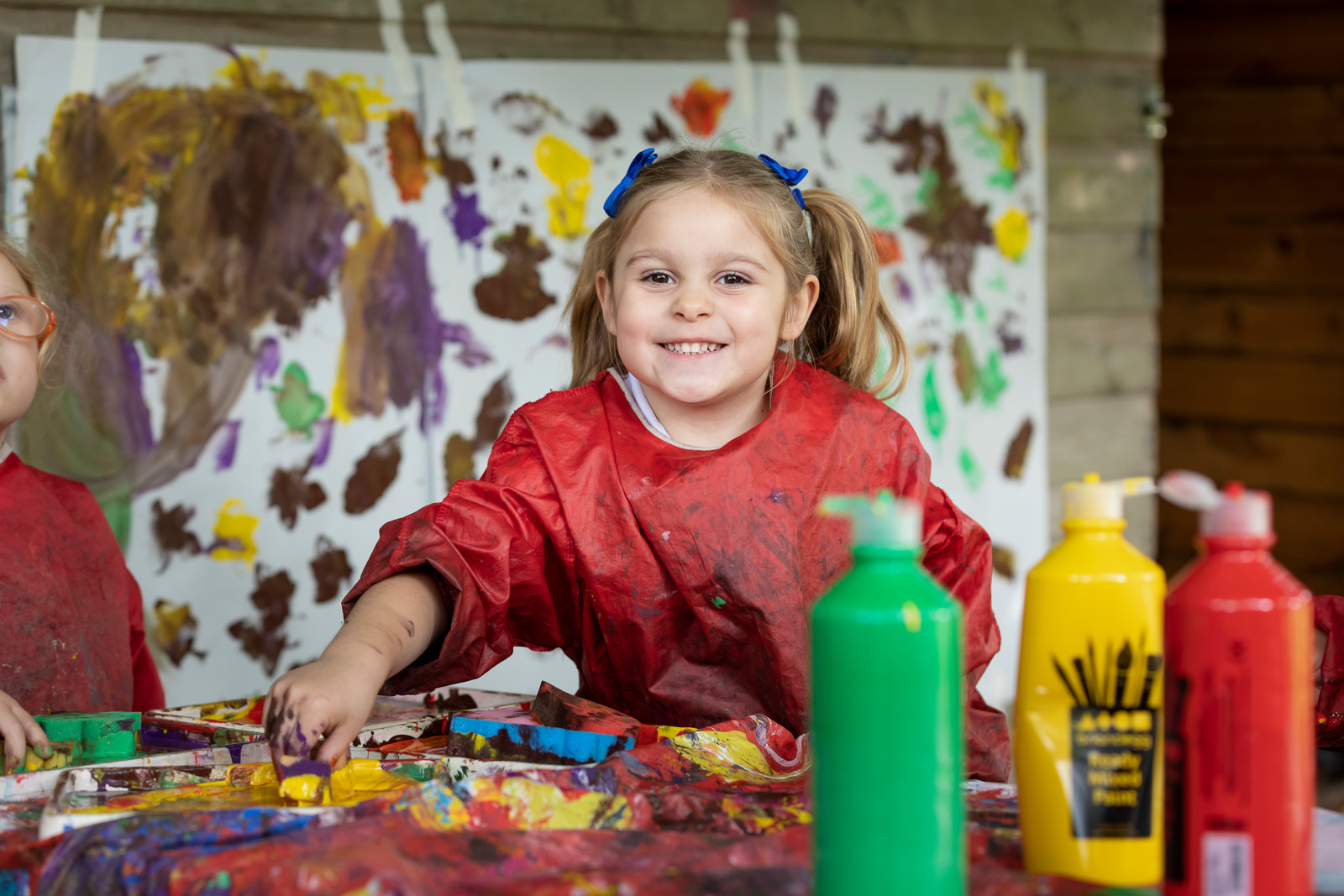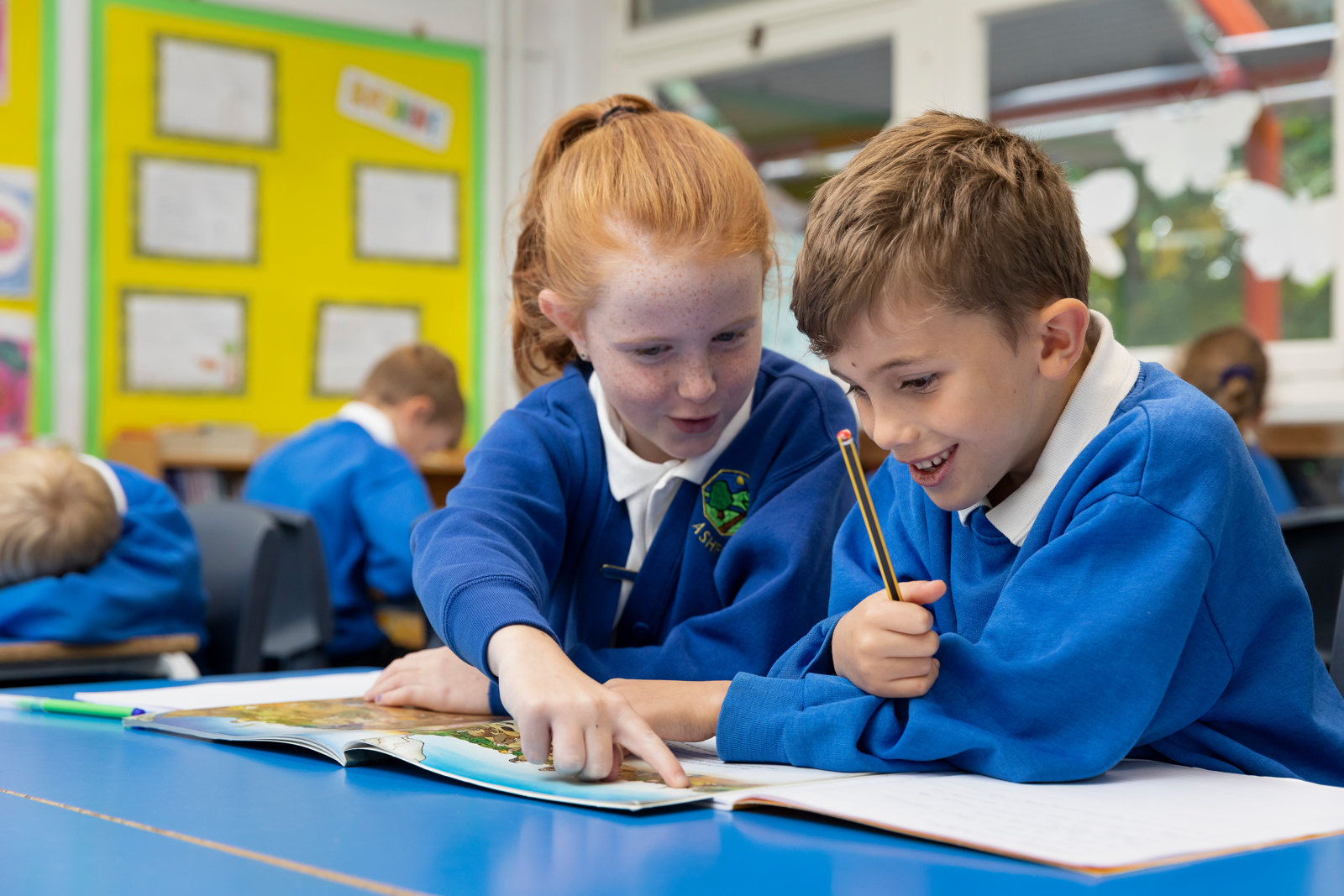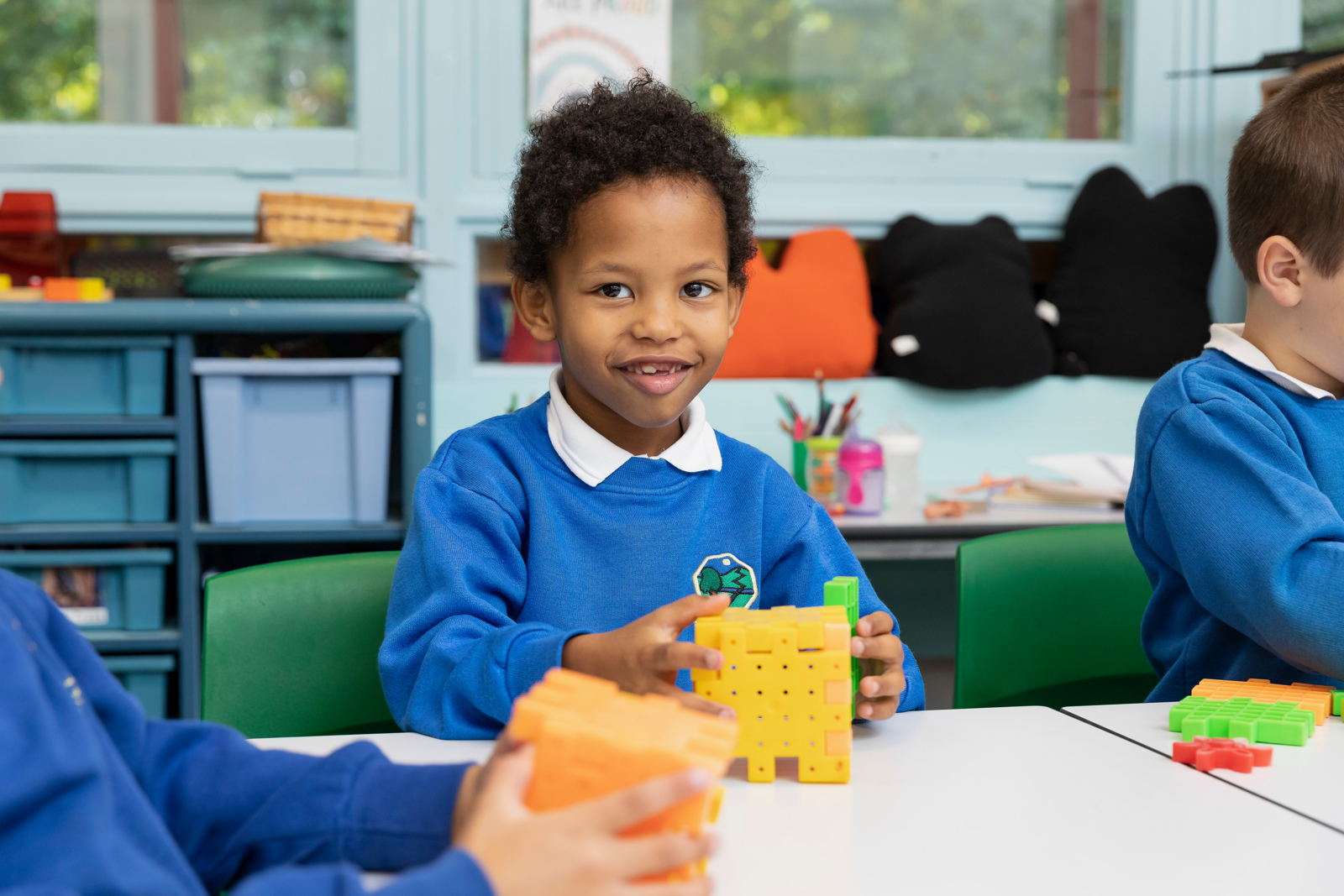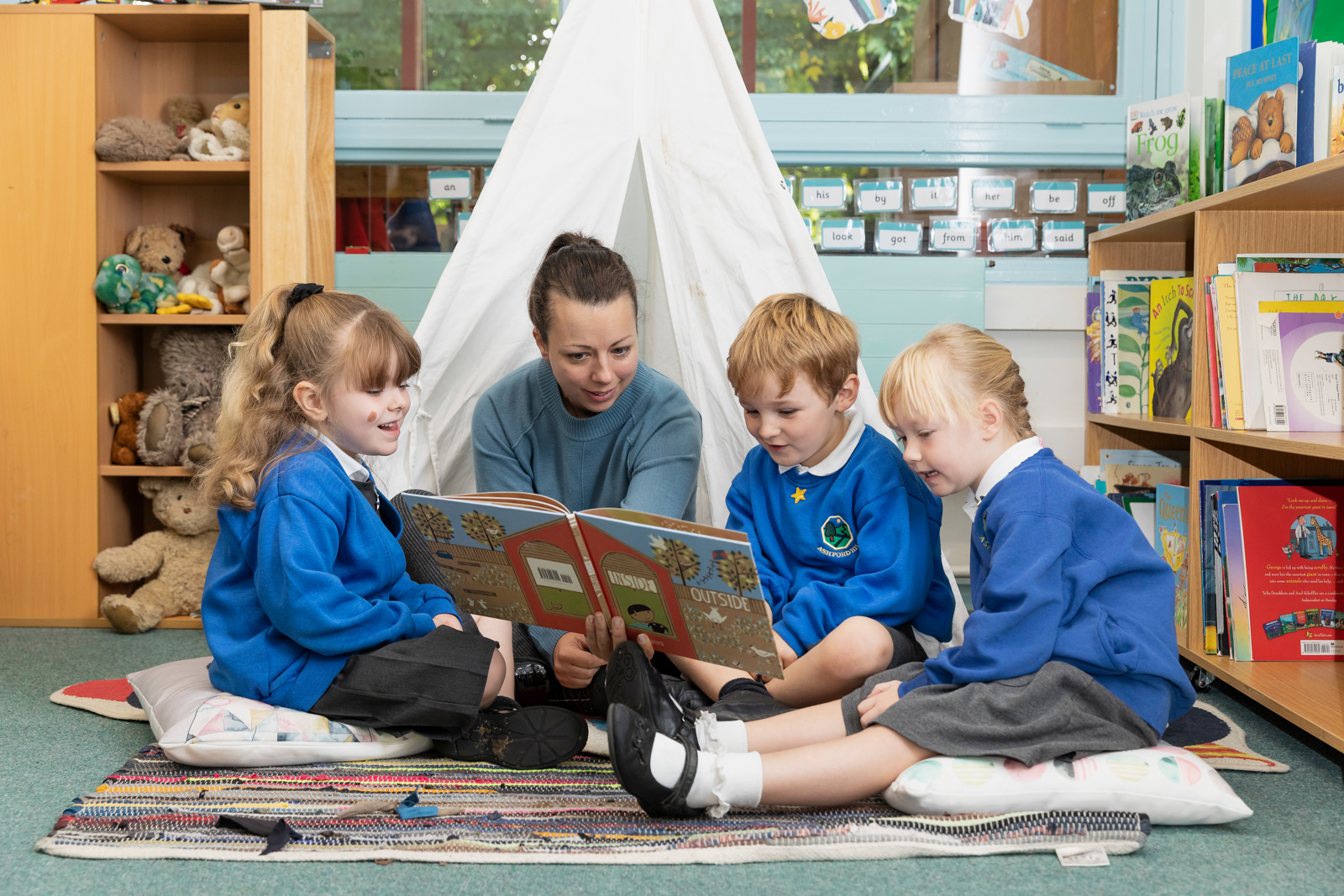Design & Technology
Intent
At Ashford Hill, Design and Technology is an inspiring, practical subject. Pupils design and make products that solve real and relevant problems, demonstrating, creativity, determination and resilience within a variety of contexts.
Each product is designed for a purpose. Using prior knowledge and imagination, pupils design and make products that solve real and relevant problems within a variety of contexts. Throughout their DT journey, the pupils acquire a broad range of subject knowledge and draw on disciplines such as mathematics, science, engineering, computing and art. Pupils learn how to take calculated risks, becoming resourceful and innovative. Through the evaluation of pre-existing products, they develop a critical understanding of its impact on daily life and the wider world. As they children progress through their time at Ashford Hill, they begin to understand how key events and individuals in design and technology have helped shape the world we live in today.
___________________________________________________________________________________________________________
Implementation
Designing
Our children gain the knowledge, understanding and skills needed to engage in the process of designing and making purposeful, functional and appealing products for themselves and other users. Having explored and evaluated existing products, structures, mechanisms and ingredients, they generate, model and communicate their ideas in a variety of ways.
Making
After perfecting their design, children select and use a variety of equipment, materials and components to perform practical tasks, including construction materials, textiles and ingredients, considering their functional properties and aesthetic qualities. During this part of the process, they apply their understanding of how to strengthen, stiffen and reinforce more complex structures. As they progress through the curriculum they begin to understand and use mechanical and electrical systems in their products making them desirable and purposeful.
Evaluating
Once the children have made their design, they begin the evaluation process. Children evaluate their ideas and products against their own design criteria and consider the views of others to improve their work.
Cooking and nutrition
As part of their work with food, pupils are taught how to cook and apply the principles of nutrition and healthy eating. They understand where food comes from, seasonality and learn to prepare and cook using a range of cooking techniques, applying the principles of a healthy and varied diet.
___________________________________________________________________________________________________________
Impact
We assess the success of our children and curriculum design by discussing the work with our children, looking at the work and marking against the learning objective, observing our children carrying out practical tasks and by sharing our children’s self-evaluation of their work. The assessment takes into consideration the skills of designing, making and evaluating a product.
The curriculum is structured to deliver progression of skills from Year R through to Year 6.
At the end of Foundation stage, the children are assessed against the progress descriptors in their Foundation Stage Profile. At the end of KS1 and 2, the children are assessed using teacher assessments/judgement based on their work throughout their topics and how they have discussed/analysed products and applied what they have learnt in their final pieces of work.




